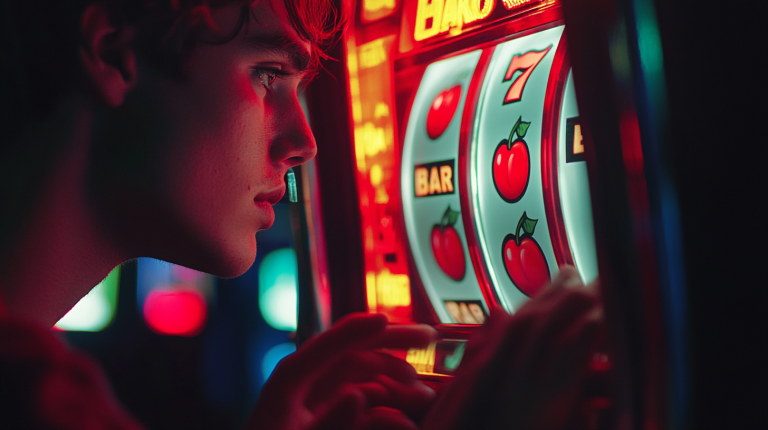Every casino knows one truth: memory is a powerful motivator. Players come back for the feeling, not just the games. The thrill of a lucky spin or big win stays even after the money’s gone. Casinos like Safe Casino login know this. They design lights, sounds, and spaces to make you feel like you’ve already won, and might win again.
Contents ⤵️
How the Brain Stores Winning Moments
When someone wins in a casino, their brain reacts. It releases dopamine, a chemical that brings feelings of joy and excitement. That release creates a strong memory tag. Later, when similar sights or sounds appear, like slot machine jingles or bright lights, the brain recalls that excitement. It’s not magic. It’s neuroscience. This mental replay drives people to chase that feeling again, even if the odds are low.
The Role of Environmental Cues
Casinos use sights, sounds, and smells to trigger feelings. The noise of machines, soft carpets, and even the air’s scent are planned. Many casinos add special smells to make people feel calm or awake. These scents act as invisible anchors, linking a place to a past win. The brain’s olfactory system connects deeply with memory, which makes these cues especially powerful in reigniting hope.
Sound as a Trigger
Ever noticed how every slot machine celebrates, even small wins, with a burst of sound and light? That’s no accident. Sounds train players like Pavlov’s dogs. Even small wins feel exciting because of the noise. Later, those same sounds make their brain remember the thrill. The memory alone can nudge someone to keep playing. In that way, casinos don’t just entertain, they train.
Colors and Nostalgia
Colors carry emotional weight. Red excites, gold suggests victory, and green calms. Casinos use these shades to stir old feelings of luck. For a player who once hit a jackpot beside a red column or gold-trimmed table, that same color can reignite recall. It’s nostalgia dressed as design. Over time, these colors become symbols of hope, keeping players emotionally connected to a place long after leaving it.
Layout and Spatial Memory
The way a casino is arranged isn’t random. Every twist and turn helps guide players toward recall. A player who once won near a certain entrance or machine might subconsciously return to that spot. That’s spatial memory at work. The environment itself becomes a map of personal success stories. Casinos quietly exploit this by keeping some areas consistent, even when remodeling, to keep those memories intact.
The Emotional Glue of Wins. What makes winning memories stick isn’t just dopamine; it’s emotion. Wins are tied to excitement, pride, and relief. Those emotions anchor deep. When a player steps into a casino and sees flashing lights or hears crowd cheers, it’s like emotional déjà vu. The body responds as if another win is close. Even if losses follow, the emotional brain keeps chasing the next big surge. Its memory turned into motivation.
The Illusion of “Almost Winning”
Casinos also use near-miss effects to strengthen memory loops. When a player almost hits a jackpot, two matching symbols and one just off, it triggers brain activity similar to an actual win. The mind records it as partial success, reinforcing engagement. Those moments stick. On a later visit, a person might remember “being close” more than losing, and that memory fuels another try.
Awareness as the First Defense
Understanding how memory shapes gambling decisions can protect players. When people realize that their attraction to a specific slot machine might come from past sensory cues, not real luck, they gain perspective. Awareness turns manipulation into mindfulness. Casinos will always use memory as a tool, but players who recognize the game behind the game hold the true advantage.

